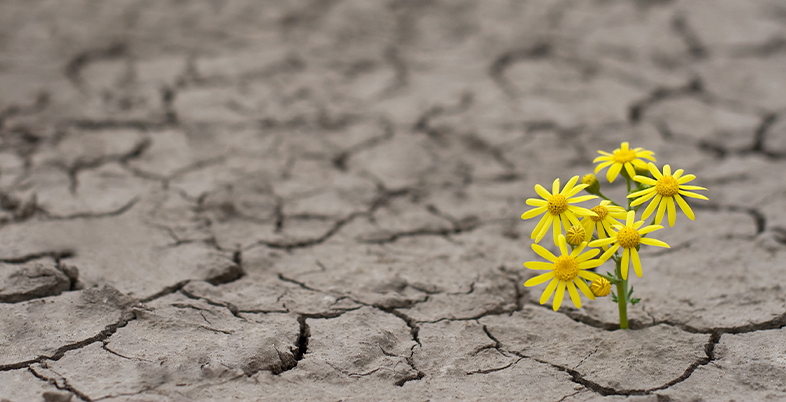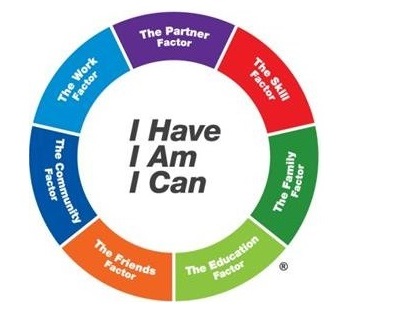1.1 Models of resilience
The 7 Cs of resilience
Originally developed for children and teenagers by US-based paediatrician Kenneth Ginsberg (2014), the 7 Cs of resilience can also be used in an adult context. They are:
- Competence – knowing how to handle situations effectively.
- Confidence – knowing you are competent.
- Connection – having close ties to family, friends and community.
- Character – having a fundamental sense of right and wrong.
- Contribution – contributing to your community, which can bring a sense of purpose.
- Coping – learning to cope with stress.
- Control – understanding that you can control the outcomes of your decisions.
Reflecting on how developed each of your Cs are can give you an insight into where you might need to do more work. For example, you might need to develop better coping strategies, or rebuild important personal connections that have slipped over time.
The Resilience doughnut
Lyn Worsley (2006) has developed a model for personal resilience that illustrates different factors of internal and external support using a clear and colourful image.
The model covers three internal and seven external factors. The internal factors are: I have (resources), I am (self-esteem) and I can (self-efficacy). The external factors focus on support from parents, skills acquired, family networks, education and relationships with teachers, peer friendships, community links and money, i.e. economic stability.
By identifying our strongest positive factors and reconnecting with those in times of crisis, the support and encouragement we receive can help us to be more resilient, providing a sense of purpose to help us recover, sustain and grow through a crisis.
Worsley goes on to suggest that resilient adults will have identified at least three strong factors which they can reconnect with during times of stress or crisis, enabling them to survive and thrive.
Activity _unit4.2.2 Activity 2 Choose a model
Choose one of the two models outlined (or research another one if you prefer) and think about how it applies to you when you’re faced with a stressful situation.
If you choose the 7 Cs, consider each one and identify any areas that might need further development.
If you choose the Resilience Doughnut, which of the factors are the strongest for you? Perhaps the way you were brought up by your parents, or support from your peers? Try to identify at least three that stand out for you and remember that they can be a strong source of support when you need to boost your resilience.
Discussion
This is a useful way to start thinking about your own resilience. In Week 1 you looked at your Holmes-Rahe stress factors and your Personal Transition Curve, and in Week 2, you plotted your personal resilience through time. This activity should help you to identify where you are now. How resilient do you feel?
How did your chosen model relate to your experience of dealing with stressful situations? Is there anything you have identified that could help you with future stresses?

